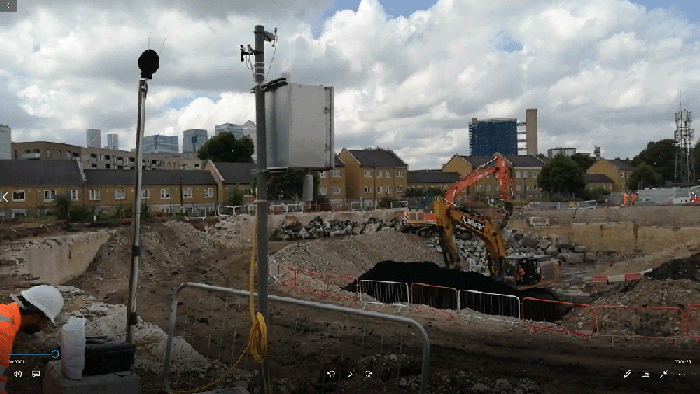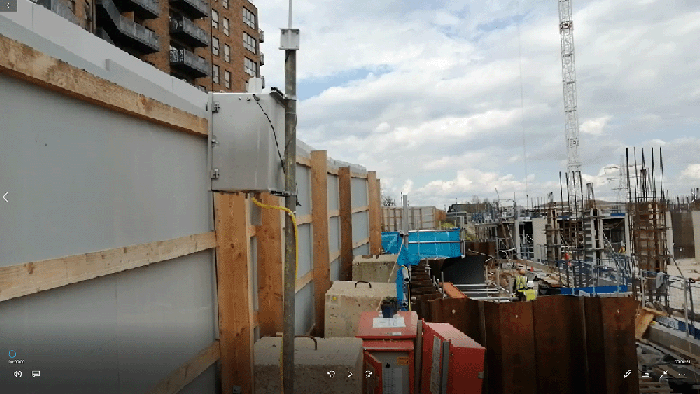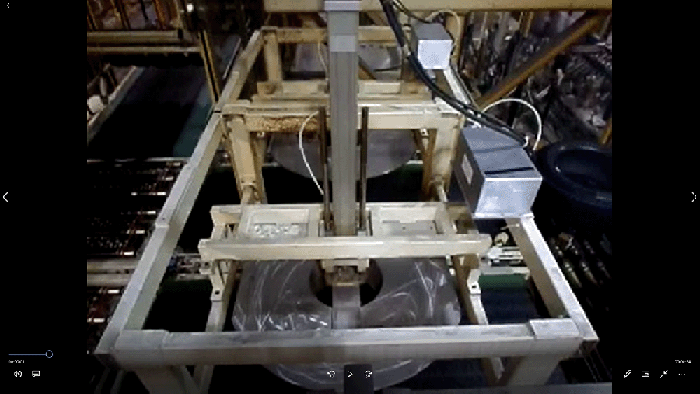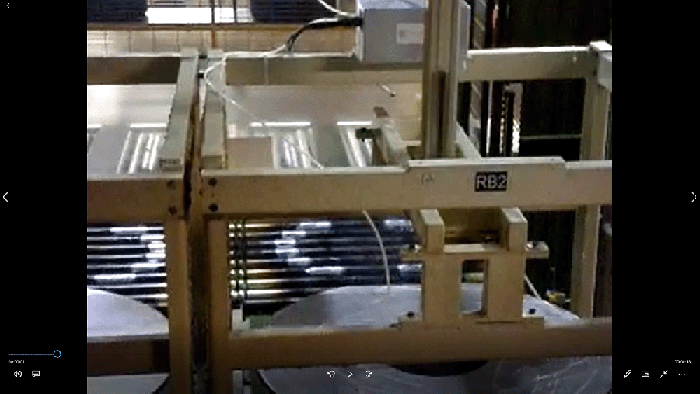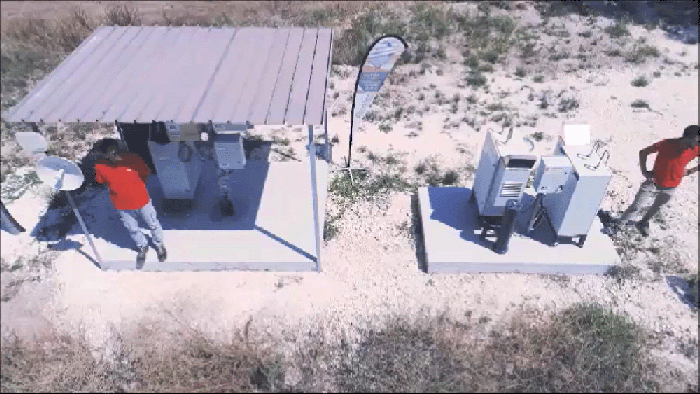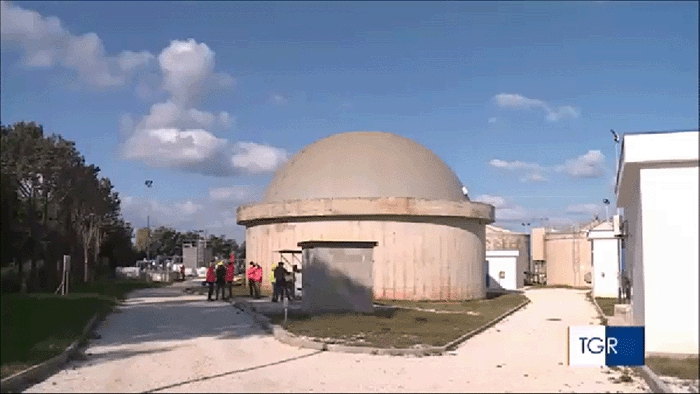QC Testing – Packaging and Industrial Chemicals
Rapid “sniff” tests for quality control (QC) are performed with the Cyranose® 320 and MSEM 160. Sensigent’s eNose QC tests provide rapid screening of products for conformance (pass/fail, accept/reject) in just a few seconds while eliminating concerns for personal safety when sniffing potentially harmful substances. Tests are performed in the QC laboratory, at the production line, in the warehouse prior to shipping, on-site at a customer’s facility or wherever needed.
QC test samples include plastics and packaging materials (for residual odors, screening before or after recycling), bulk or retail packaged chemicals and industrial products and many other materials. Even shrink-wrapped and palletized bulk products can be screened to check for packaging leaks before shipping. Common tests are to confirm the proper aroma (for scented products), detect off-odors or contamination (for unscented products), quantify the aroma or odor level and to compare the intensity and character to scores from sensory panels for both the intensity and tone.
Screening with the eNose improves throughput and reduces cost for routine tests. Products that fail or are rejected by the eNose may be set aside for confirmation by sensory panels (human sniffers) or analytical instruments (GC-MS, HPLC, FTIR) to identify specific issues. Utilizing examples of “bad” or “off-spec” products in the eNose QC library, e.g., too much citrus, too little mint, no aroma at all, allows the eNose to quickly identify and report the reason a test sample was rejected, which aids investigations for root cause and speeds corrective action for formulation and production adjustments.
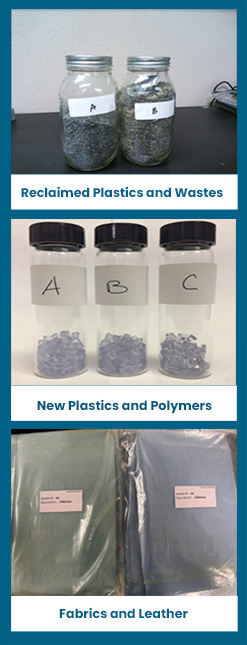
Select Quality Control Test Reports for Packaging and Industrial Chemicals
| Report | Material | Industry | Application |
|---|---|---|---|
| AR-101210 | Sulfurols | Industrial, Chemicals | Compare production lots to reference standard |
| AR-101205 | Wine Corks | Industrial, Chemicals | Compare to detect off-odors at low levels |
| AR-101202 | Rendering Odors | Industrial, Chemicals | Detect odors from rendering and WWT at source to fenceline |
| AR-101020 | Caustic Soda | Industrial, Chemicals | Detect contamination in caustic soda solutions |
| AR-100923 | Algae in Seawater | Industrial, Chemicals | Quantify low levels of algae (ppm, mg/L) in seawater |
| AR-100905 | Waste Treatments | Industrial, Chemicals | Evaluating waste treatments by odor character and intensity |
| AR-100828 | Plasticizers | Industrial, Chemicals | Characterize and grade off-odors of plasticizers |
| AR-100804 | Reclaimed Paint | Industrial, Chemicals | Characterize aroma for sorting, processing, and grading |
| AR-100803 | Aviation Fluids | Industrial, Chemicals | Detect leaks of aviation fluids (hydraulic, de-icing, fuels) |
| AR-100709 | Processed Water | Industrial, Chemicals | Estimating residual contamination from headspace analysis |
| AR-100608 | Soil Samples | Industrial, Chemicals | Detect and quantify gases and VOCs from reclaimed soils |
| AR-100528 | Odor Neutralizer | Industrial, Chemicals | Quantify odor neutralization of wastewater samples |
| AR-100410 | Wine Corks | Industrial, Chemicals | Detect several off-odors at low levels |
| AR-100314 | Odor Neutralizer | Industrial, Chemicals | Quantify effectiveness to neutralize selected odors |
| AR-100302 | Paint | Industrial, Chemicals | Quantify effectiveness of coatings for odor removal |
| AR-100301 | Preservatives | Industrial, Chemicals | Characterize trace off-odors from alkanediol production |
| AR-100251 | Vehicle Fluids | Industrial, Chemicals | Identify contamination in engine coolant (oil, fuel, burnt) |
| AR-100228 | Liquid Polymers | Industrial, Chemicals | Detecting off-odors in liquid polyol formulations |
| AR-100223 | Waste Treatments | Industrial, Chemicals | Evaluating waste treatments by odor character and intensity |
| AR-101209 | Plastic Pellets | Plastics, Packaging | Grading plastics by residual odor character and intensity |
| AR-101203 | Plastic Media | Plastics, Packaging | Characterize and quantify odors |
| AR-101104 | Plastics | Plastics, Packaging | Identify plastic by type based on residual odor |
| AR-101102 | PEX Piping | Plastics, Packaging | Detect residual solvent odors at low levels |
| AR-100907 | PVC Plastic Powder | Plastics, Packaging | Detect trace odors and rank product quality for grading |
| AR-100822 | Paper | Plastics, Packaging | Detect and quantify residual odor from paper production |
| AR-100814 | Adhesive | Plastics, Packaging | Residual odor of hot melt adhesives in consumer goods |
| AR-100812 | Liquid Spray Cleaners | Plastics, Packaging | Detect leaks in plastic packaging |
| AR-100727 | Rubber Gaskets | Plastics, Packaging | Detect defective material from off-spec aroma |
| AR-100726 | Plastic Resin | Plastics, Packaging | Detect defective material from reference standard |
| AR-100616 | Plastic Products | Plastics, Packaging | Residual odors in plastics for consumer electronics |
| AR-100522 | Plastic Pellets | Plastics, Packaging | Compare odor levels of virgin, reclaimed, and treated plastics |
| AR-100505 | Plastic Pellets | Plastics, Packaging | Distinguish plastic pellets by residual odor for grading |
| AR-100414 | Moist Pet Food | Plastics, Packaging | Detecting leaks in bulk packaged cat food products |
| AR-100408 | PVC Plastic Pellets | Plastics, Packaging | Characterize residual odor and quantify intensity |
| AR-100308 | Reclaimed Plastic | Plastics, Packaging | Identify plastic by type (PVC, PS, ABS) for rapid sorting |
| AR-100304 | Reclaimed Plastic | Plastics, Packaging | Sorting material based on residual odor type or character |
| AR-100225 | Potato Chips | Plastics, Packaging | Detecting leaks in packaged food products |
| AR-100131 | Paper Trays | Plastics, Packaging | Residual odors in products from reclaimed pulp paper |
CONTACT USto discuss your products and raw materials and needs for rapid quality control testing. Our applications scientists and sensory lab staff are ready to test your products with our eNose instruments and provide a test report with the results.
